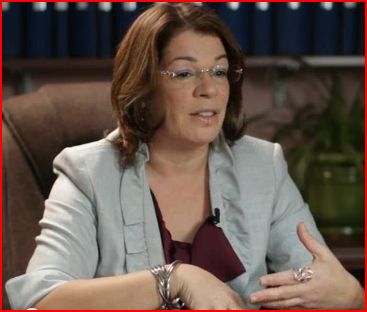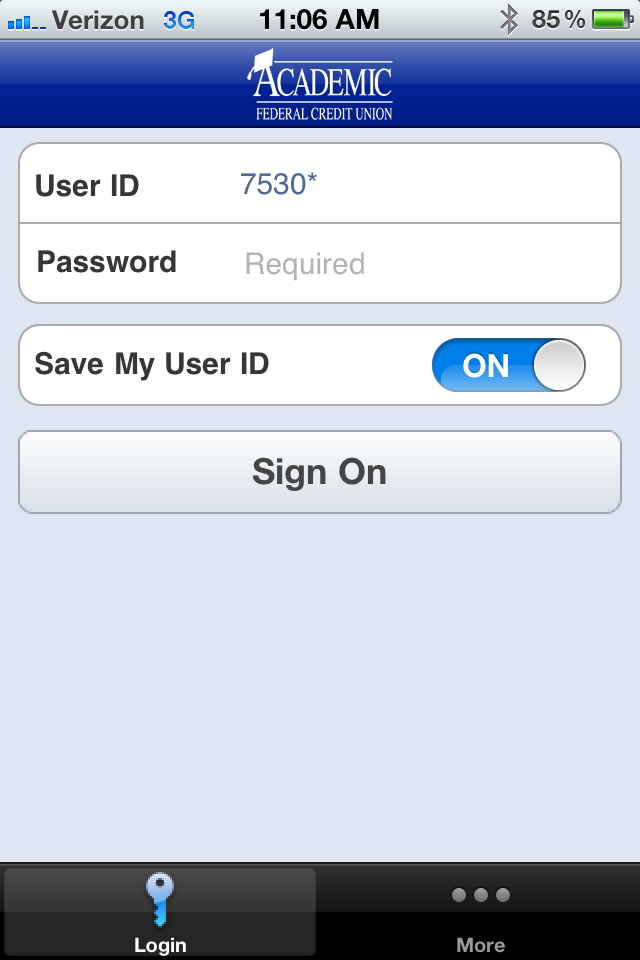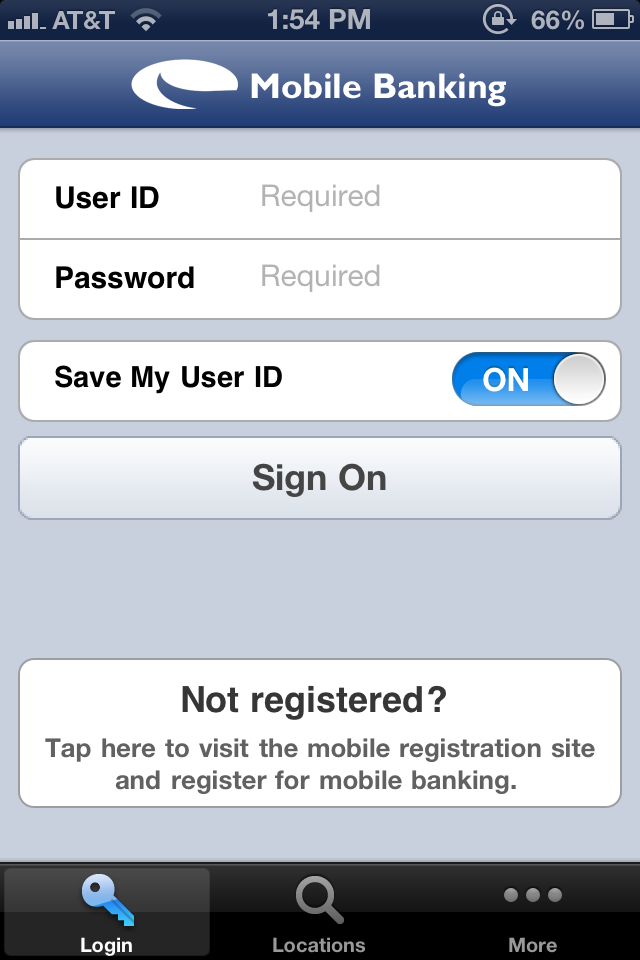Get the headline news: mobile banking is not simply a newchannel, it is a game changer – and without it, many institutionscan expect to perish.
|“Mobile puts the bank terminal with the user. We have neverbefore had that kind of computing power,” said Wade Arnold, CEO of Banno(formerly T8 Webware).
|David Albertazzi,an analyst with the Aite Group, pointedly added: ”Mobile banking is not onlinebanking lite. It is a unique channel with its own features. That isprompting some financial institutions to go beyond first generationmobile banking into the next wave of features.”
|Understand that: members want more from mobile banking and theywant it now.
|“Banking customers are focused on instant information,” saidKevin Reilly, an executive with telecommunications company Avayawhich recently completed an in-depth survey of consumers and whatthey now want from their financial institutions.
|Ina C. Fitch, CEO of Academic FCU, a $48 million institution inBriarcliff, NY, said she got that message, loud and clear, as she watched her 20 year-old son as hestood at a store's checkout, twiddling his mobile phone, shiftingmoney at the last second from savings to checking. “That generationhas a different money mind set.
watched her 20 year-old son as hestood at a store's checkout, twiddling his mobile phone, shiftingmoney at the last second from savings to checking. “That generationhas a different money mind set.  Mobile lets us address it,” shesaid.
Mobile lets us address it,” shesaid.
Fitch is also adamant that, while her small institution may seemdisadvantaged by its size, mobile banking – which Academic rolledout a month ago – may let it compete. “We have 18 schools in ourfield of membership” – among the better known are Fordham and theNew School – “but we only have one location. Mobile lets us bewhere our members are.”
|A curious – but compelling – factoid noted by Fitch in the firstweeks of Academic's mobile banking deployment: “We are seeing somuch use between 9 p.m. and 2 a.m. Even if we had more branches,they would be closed. Mobile lets members bank when they want to,wherever they are.”
|Exactly that is the game-changing essence of mobile banking.Online banking – which rolled out in 1994 and had become mainstreamby 2000 – put a bank on every desk, in offices, home dens,wherever. Mobile ups that ante, dramatically, by putting banking ona device that we are so attached to that we'd rather lose a weddingring than a cellphone, according to a new Intel survey.
|Yet so much more remains to be done. Drew Sievers, CEO of mobilebanking apps developer mFoundry, in an email estimated that around1,000 credit unions presently offer mobile banking to members –making the count roughly one in seven credit unions – and of thatnumber, guessed Sievers, maybe half offer mobile bill pay. Andmobile banking without bill pay is not much to talk about,
|That would put the proportion of credit unions with genuinemobile banking at well under 10%.
|How long before the rest join the party? “Three to five years,”said Sievers – though a question has to be, will that much time beavailable?
|At IslandFederal Credit Union, an $817 million institution in Hauppauge,N.Y., chief operating officer Paul Young said that the  credit union had growing awarenessthat it needed mobile banking “because our members have been askingfor it.”
credit union had growing awarenessthat it needed mobile banking “because our members have been askingfor it.”
They will get it, too – “before year `end,” said Young, whoadded that Island has been painstaking in its testing (“I alwaysworry about security”). Noted Young: “We believe mobile isessential in attracting and keeping a younger generation ofmembers.”
|UFCU Crows About Mobile Success. Nine monthsinto the rollout of mobile banking, Austin, Texas based UniversityFederal Credit Union – a $1.45 billion institution with some146,000 members – has announced it now has 20,000 mobile bankingusers.
|An irony is that this is the institution's second go-round withmobile. In 2010 it introduced an earlier version but that provider pulled the plug on it a monthafter UCFUdeployment – highlighting the importance of picking theright vendor (this time, UCFU went with mFoundry). But the othertakeaway, said UFCU eservices senior
pulled the plug on it a monthafter UCFUdeployment – highlighting the importance of picking theright vendor (this time, UCFU went with mFoundry). But the othertakeaway, said UFCU eservices senior  manager Bryan Mishkin, is thatUFCU learned a lot about what it and its members don't want and dowant from mobile banking in that first go-round.
manager Bryan Mishkin, is thatUFCU learned a lot about what it and its members don't want and dowant from mobile banking in that first go-round.
The key to UFCU's second take on mobile: it is stand alone. Itdoes not require an online banking account to activate andactivation can be done right from within the app (UFCU's apps areavailable for iPhone and Android, with an iPad app on the way). “Idon't believe mobile should be chained to online banking,” saidMishkin. “A subset of users plainly wants a mobile firstapproach.”
|Mishkin added: “We are only scratching the surface of whatmobile can do. The real value add will be the innovations. Givingmembers more control over their money.” He pointed withconsiderable satisfaction to UCFU's mobile remote deposit capturefunction but then asked, “What are the other things you can do withthe camera? That opens a lot of possibilities.”
|As the Apple Turns. Ever cryptic – thathas long been Apple on mobile payments and this has led somepundits to positthat NFC (Near Field Communications) is going nowhereuntil Apple embraces it. Now reporter Jessica Vascellero, writingin the Wall Street Journal, has documented what Apple isdoing: “Holding back in mobile payments was a deliberate strategy,the result of deep discussion last year. Some Apple engineersargued for a more aggressive approach that would integrate paymentsmore directly. But Apple executives chose the go-slow approach fornow.”
|Nor is there any indication that Apple will embrace NFCin the next edition of the iPhone, due out later thisyear.
|Bottom line: Apple likely will not ride in on the proverbialwhite horse to pluck NFC from the indifference and lack of use thatnow plague it. Where Apple excels is in taken proven platforms –such as MP3 music or cellphones – tweaking a product,packaging it very creatively, and then going to market with asnazzy version of an established product category. And that is notNFC, which will need to be propelled into many more hands by othersaviors, still unidentified.
|That is no death knell for mobile payments – which from PayPalto Fiservremainsa key focus. It's just that NFC may not be the glue.
|Complete your profile to continue reading and get FREE access to CUTimes.com, part of your ALM digital membership.
Your access to unlimited CUTimes.com content isn’t changing.
Once you are an ALM digital member, you’ll receive:
- Critical CUTimes.com information including comprehensive product and service provider listings via the Marketplace Directory, CU Careers, resources from industry leaders, webcasts, and breaking news, analysis and more with our informative Newsletters.
- Exclusive discounts on ALM and CU Times events.
- Access to other award-winning ALM websites including Law.com and GlobeSt.com.
Already have an account? Sign In
© 2024 ALM Global, LLC, All Rights Reserved. Request academic re-use from www.copyright.com. All other uses, submit a request to [email protected]. For more information visit Asset & Logo Licensing.









